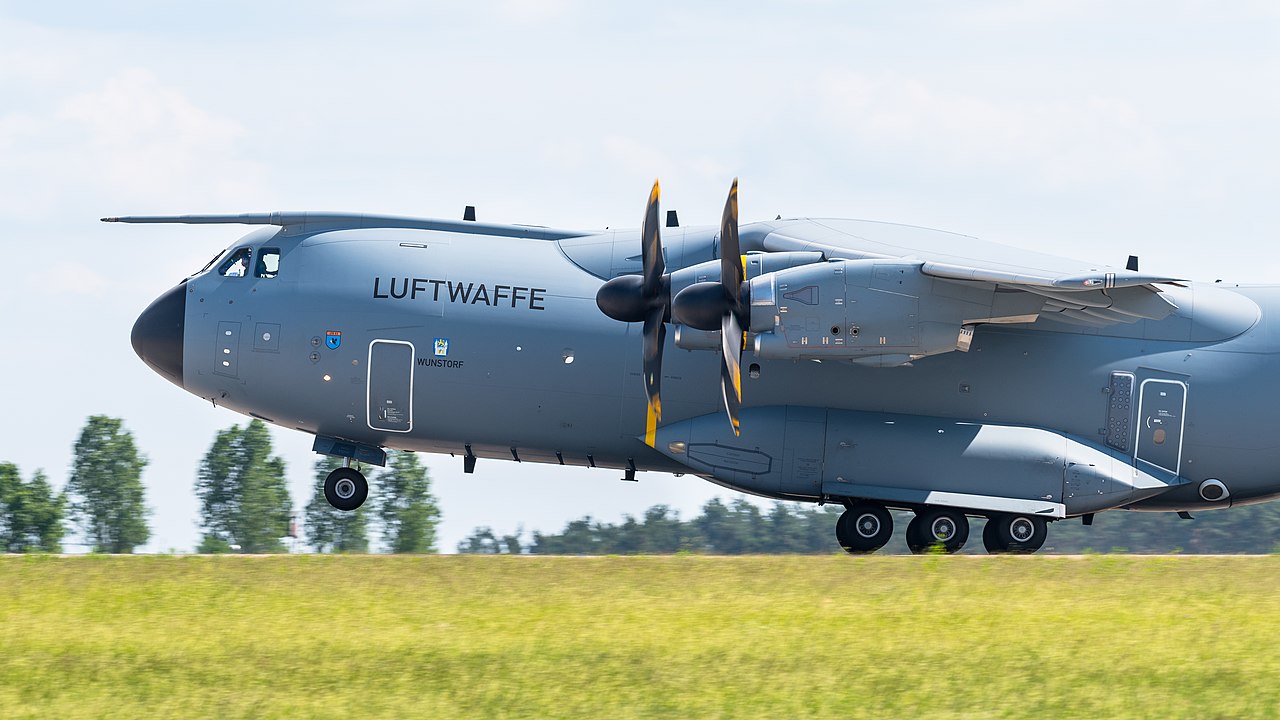A major international air evacuation is being prepared for Sudan
Following the escalation of military clashes in Sudan which, according to the World Health Organization (WHO), has already resulted in more than 400 civilian deaths and thousands of wounded, several nations are mobilizing their air forces in preparation for the air evacuation of their citizens.
Fighting between the paramilitary forces of the Rapid Support Forces (RSF) and the Sudanese Government Armed Forces continues non-stop, and has become particularly fierce inside Khartoum, the capital city of Sudan. It is there that most of the foreign inhabitants (most of them working in the respective embassies of their countries) reside and have to be evacuated.
Although the runway of Khartoum International Airport (KRT) remains intact, the site is violently contested by both sides and continues to be the scene of fierce fighting, which has led to the destruction of several civilian, government and military aircraft. For the same reason, a rescue operation organized by Berlin to extract German nationals from the country using three A400M transport aircraft had to be cancelled midway.
Preparing for air evacuation
Similar to the way the airlift was organized for the evacuation of nationals and allies from Kabul (after the fall of the city to the Taliban), several countries announced their intention to evacuate their citizens in view of the deteriorating security conditions in the capital of Sudan.

According to various news sources, about 40 aircraft from a dozen nations began arriving at air bases in neighboring countries (mainly Jordan and Djibouti), in preparation for the future rescue operation.
Once again, aviation to the rescue
Apparently the plan would be to take advantage of the three-day ceasefire agreed between the Sudanese Armed Forces and the RSF on the occasion of the religious holiday of Eid al-Fitr (which is also intended to open humanitarian corridors and remove civilians from the city), to carry out the evacuation.
Khartoum International Airport (KRT) would be secured by paratroopers and Special Forces units, who would cover the boarding of civilians on military transport planes.

For the evacuation, the U.S. will send a large number of C-17 Globemaster III heavy transport aircraft (and speculation is that also an AC-130J Spectre to provide covering fire if the situation requires it), Japan announced plans to deploy C-130 Hercules and Kawasaki C-2 aircraft. Germany, France and Spain will send their A400Ms and C-130s. UK and Netherlands would use their A330 MRTTs and there will also be other C-130s from Poland, South Korea and Norway.
The operation will be quite impressive, but not without risk, as it all depends on all parties respecting the ceasefire.

/https://aviacionlinecdn.eleco.com.ar/media/2021/10/C-17-Globemaster-III-Boeing-scaled.jpg)
Para comentar, debés estar registradoPor favor, iniciá sesión